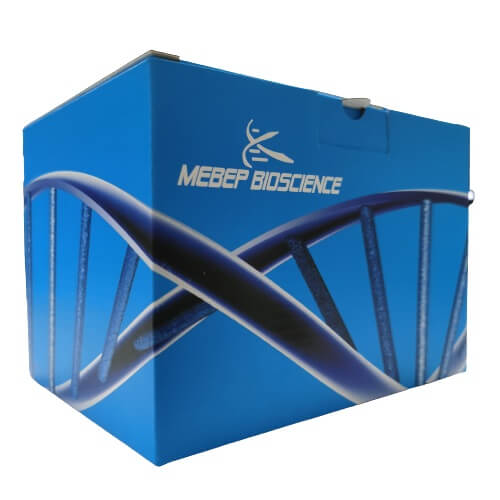
Influenza Virus H1N1/H3 Subtypes Nucleic Acid Detection Kit (Dual Fluorescent PCR Method)
2025-02-19
15 Types of Hemorrhagic Fever Pathogens Multiplex Nucleic Acid Detection Kit (Real-Time PCR Method)
2025-02-197 Types of Arthropod-Borne Pathogens Multiplex Nucleic Acid Detection Kit (Fluorescent PCR Method)
Mail to us
Product Number: DTK535
Shipping and Storage
- The reagent kit should be stored in a cold and dark place below -15℃; Valid for 12 months; Use foam box to add sealed transportation in ice packs, with a temperature not exceeding 8℃; The production date and expiration date are detailed in the outer packaging box.
- The reagent kit should avoid repeated freeze-thaw cycles, with no more than 5 freeze-thaw cycles.
- After opening, store in a cold and dark place below -15℃ without affecting the use within the expiration date.
Component
| Component | DTK535 | 50T |
| 7 types of Arthropod-Borne Pathogens RT-PCR reaction solution | A-tube reaction solution | 425 μL×2 |
| B-tube reaction solution | 425 μL×2 | |
| C-tube reaction solution | 425 μL×2 | |
| D-tube reaction solution | 425 μL×2 | |
| E-tube reaction solution | 425 μL×2 | |
| F-tube reaction solution | 425 μL×2 | |
| G-tube reaction solution | 425 μL×2 | |
| 7 types of Arthropod-Borne Pathogens primer probe mixture | A-tube primer probe | 50 μL×2 |
| B-tube primer probe | 50 μL×2 | |
| C-tube primer probe | 50 μL×2 | |
| D-tube primer probe | 50 μL×2 | |
| E-tube primer probe | 50 μL×2 | |
| F-tube primer probe | 50 μL×2 | |
| G-tube primer probe | 50 μL×2 | |
| 7 types of Arthropod-Borne Pathogens Mixed enzyme solution | 175 μL×2 | |
| Negative control (universal) | 60 μL | |
| Positive control (universal) | 30 μL×2 | |
Note:1) Required but not provided: Nucleic acid extraction or purification kits produced by our company
2)Different batch numbers of reagents cannot be mixed.
3)Each reagent component in the kit is sufficient for the number of tests indicated by the packaging specifications.
4)The corresponding detected pathogens are as follows:
| Number | Detecting pathogens |
| A | Dengue virus |
| B | Chikungunya fever virus virus |
| C | Japanese encephalitis virus |
| D | Forest encephalitis virus |
| E | Przewalski's Rickettsia |
| F | Rickettsia Mori |
| G | Rickettsia scrub typhus |
Description
This kit utilizes real-time fluorescence PCR principle to qualitatively detect specific genes of 7 insect borne pathogens.
This kit uses real-time fluorescence PCR technology, and each tube of reaction solution contains specific amplification primers and detection probes for each target gene. The probes are oligonucleotide sequences containing 5 'labeled luminescent groups and 3' labeled quenching groups. If the probes remain intact, the fluorescence signal emitted by the luminescent groups will be absorbed by the quenching groups and no signal will be detected. During the PCR amplification process, probes that specifically bind to the template are cleaved by Taq enzyme (with 5 '-3' exonuclease activity), and the luminescent and quenching groups are separated, producing a fluorescent signal. Real time monitoring and output of signal strength of corresponding channels during PCR process using instruments to achieve qualitative analysis of detection results.
Application
This kit is suitable for qualitative detection of 7 insect borne pathogens in blood samples, cerebrospinal fluid, tissue specimens (including brain tissue, liver, and spleen), and mosquito specimens. The test results are for clinical reference and scientific research purposes only, and cannot be used alone as a basis for clinical diagnosis or exclusion of cases.
The main pathogens detected are as follows: dengue virus, chikungunya fever virus, Japanese encephalitis virus, rickettsia pneumoniae, rickettsia pneumoniae, forest encephalitis virus, and rickettsia tsutsugamushi.


